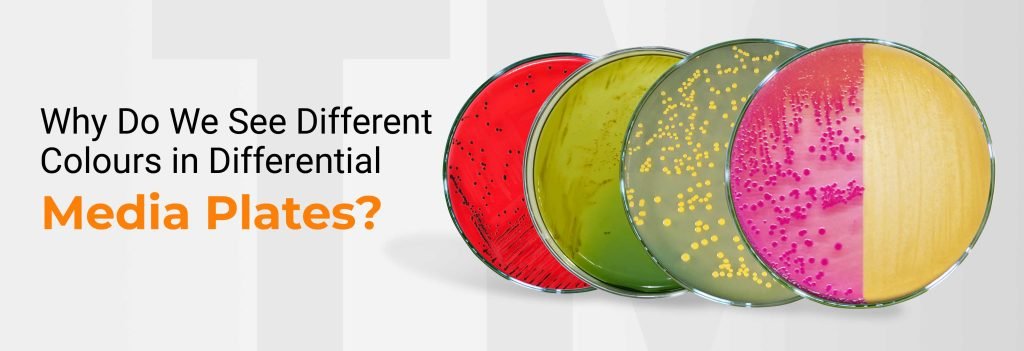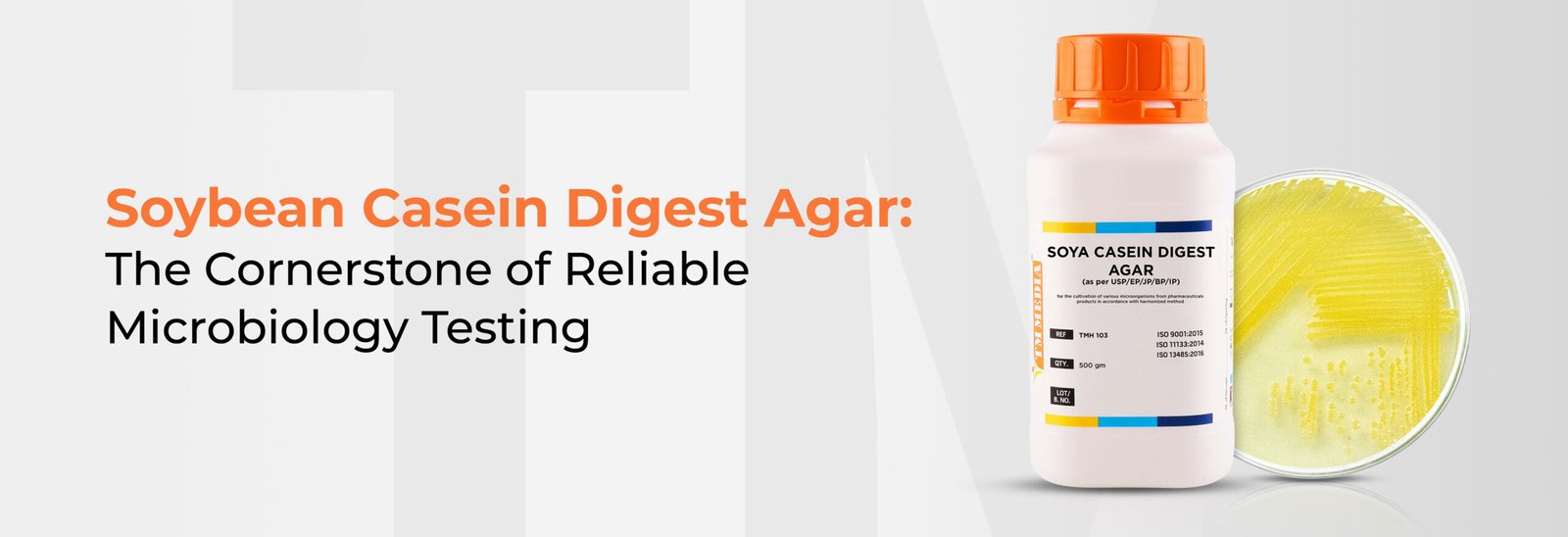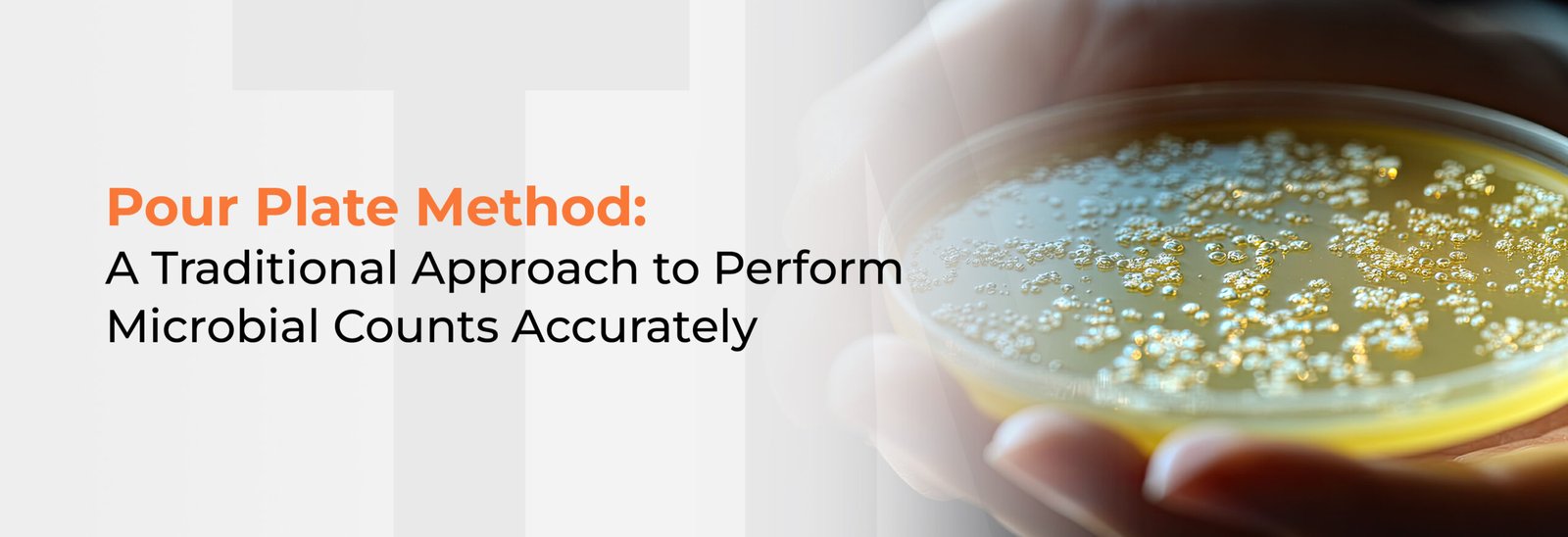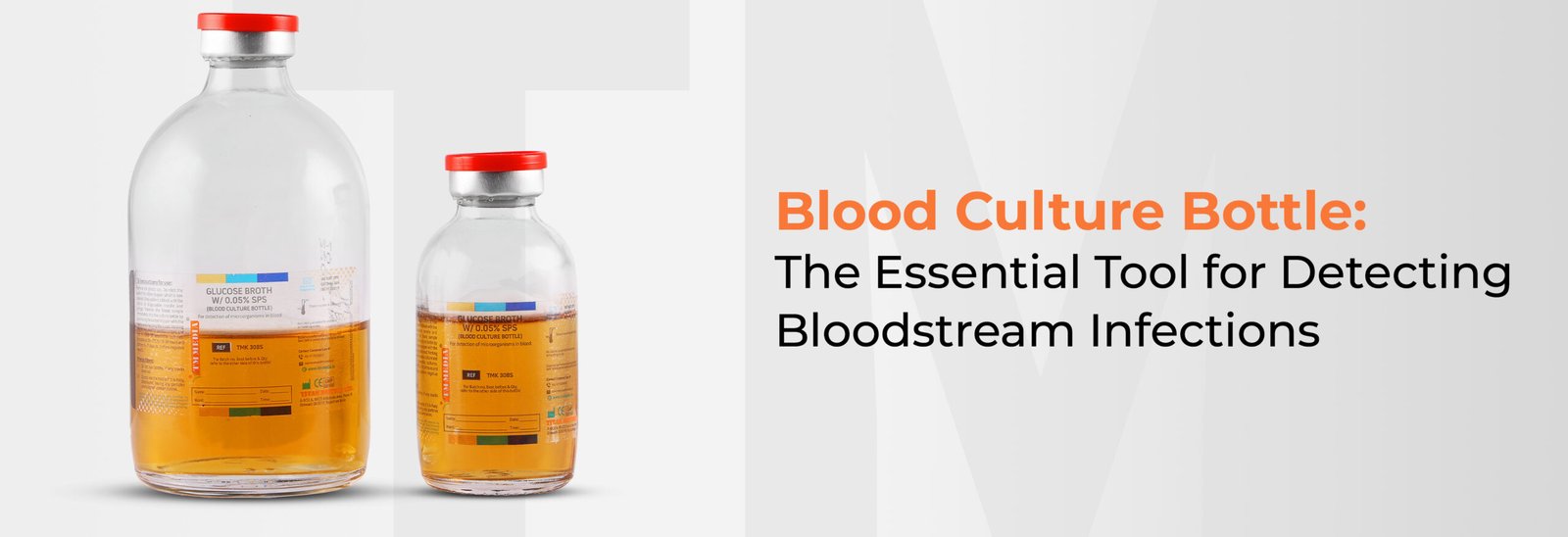

While working with microbes, the colours of differential media play a crucial role in understanding the secrets of microbial growth and metabolism. Let’s see why this happens and try to understand why these culture media come in different hues and what insights they provide to microbiologists.
Differential media, such as MacConkey Agar, CLED Agar, TCBS Agar, and XLD Agar, provide a visual language that assists microbiologists in distinguishing between various targeted microorganisms. The colours are not merely decorative but are key indicators of the metabolic activities happening on the agar.
Microbiologists rely on these colourful clues to understand the characteristics of microorganisms, enabling them to diagnose infections, conduct research, and contribute to advancements in the field.
The colours of differential media speak volumes in the silent world of microbiology. Embracing the visual language of these agar plates allows scientists to decode the microbial mysteries and pave the way for advancements in research and diagnostics.
For more information on our Culture Media range, click on this link https://www.tmmedia.in/category/products/dehydrated-culture-media/dehydrated-culture-media-a-to-z/
Differential media colours, such as MacConkey agar’s pink or TCBS agar’s yellow, hold essential information about microbial behaviour. These visual indicators help microbiologists diagnose infections and advance research. TM Media provides a diverse range of culture media, including MacConkey agar, CLED agar, TCBS agar, and XLD agar, catering to varied research needs. Beyond mere aesthetics, these colours serve as a visual language in microbiology, decoding microbial mysteries and contributing to the understanding of microbial characteristics. Researchers can rely on TM Media’s comprehensive product portfolio, ensuring precision and reliability in their microbiological studies.

Every sample tested in a microbiology lab carries a mystery: invisible microorganisms waiting to be identified. The story begins the...
Read More
You want to find out how many bacteria are in a drop of water, a bite of food, or a pharmaceutical...
Read More
In the clean hallways of a pharmaceutical plant, precision and cleanliness are not just ideals; they are essential requirements. Even...
Read More
Imagine a pharmaceutical compound manufacturing facility struggling with contamination from undesirable aerobic bacteria. Production batches fail, quality checkpoints find hazardous...
Read More
Imagine this: your body is a fort, defended by walls, guards, and intricate defences. But occasionally, raiders slip through the...
Read More
Think about, you are cooking food for loved ones. You’d wash your hands, clean the utensils, and make sure everything...
Read More